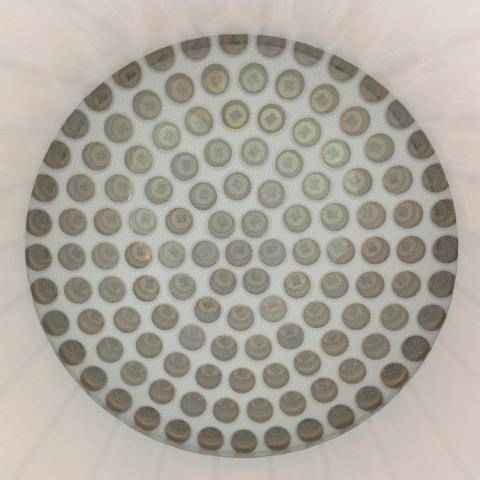Scientists observe ultra-rare moment in hunt for dark matter

Scientists witness radioactive decay of xenon-124
Xenon-124’s half-life is 1.8 × 10^22 years, which is much longer than the life of the universe
Scientists at the LNGS research centre in Gran Sasso, Italy say they have observed an “ultra-rare” event in their quest to solve the mysteries of dark matter. XENON1T, the underground laboratory’s dark matter detector captured the radioactive decay of xenon-124, a process believed to be one trillion times longer than the life of the universe. To achieve this, the scientists measured the half-life of the atoms. XENON1T consists of a cylindrical tank that’s filled with over 3,000 kilogrammes of liquid xenon cooled to -95 degrees Celsius.
Published as a study in the scientific journal Nature, the entire process demonstrated “that the low background and large target mass of xenon-based dark-matter detectors make them well suited for measuring rare processes and highlights the broad physics reach of larger next-generation experiments”. XENON1T is said to contain an unfathomable amount of xenon atoms. It was apparently the liquid xenon in the detector that allowed the scientists to watch the entire process as it happened. If you want a quick video-based explanation of the process, here's YouTuber Laura Manenti's version of it:
“Drugs are absorbed by the body with a half-life of minutes to hours, organisms reproduce with a half-life of days or years, chemical reactions happen with a half-life of seconds,” commented Ethan Brown, a co-author on the study, according to CNET. “The half-life for this process is the slowest one ever observed, more than a trillion times longer than the entire history of the universe.”
Xenon-124’s half-life is 1.8 × 10^22 years (or 18,000,000,000,000,000,000,000 years), which really does make watching its radioactive decay an “ultra-rare” event. The radioactive decay of xenon-124 perplexed the scientists who observed it because the universe is known to be only 14 billion years old, which is a lot shorter than the half-life of xenon-124. The scientists were able to detect 126 such processes over a period of two years, which allowed them to calculate xenon-124’s half-life.
Cover image shows the top side of the XENON1T Time Projection Chamber.
Cover image courtest: The XENON Experiment.
Digit NewsDesk
Digit News Desk writes news stories across a range of topics. Getting you news updates on the latest in the world of tech. View Full Profile





